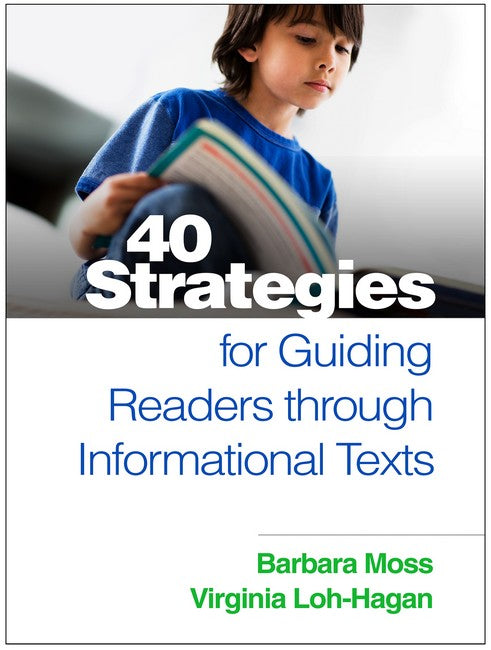40 Strategies for Guiding Readers through Informational Texts
40 Strategies for Guiding Readers through Informational Texts
SKU:9781462526093
Share
Gaining the skills to critically read a wide variety of informational texts is more important than ever for today's K-12 students. This carefully crafted book offers 40 standards-based instructional activities that teachers can immediately put to use in the classroom. Clear rationales and step-by-step instructions are provided for implementing each strategy, together with helpful classroom examples and suggested texts for different grade levels. In a large-size format for easy photocopying, the book includes 44 reproducible worksheets. Purchasers get access to a Web page where they can download and print the reproducible materials. (Prior edition title: 35 Strategies for Guiding Readers through Informational Texts.) New to This Edition *Now features more strategies, including 16 that are completely new. *Explicit links throughout to the Common Core State Standards (CCSS) and other current standards. *Two additional strands of activities: Reading Closely and Discussion. *Numerous new and revised reproducible tools--all downloadable.
About the Author
About the Author
Couldn't load pickup availability


